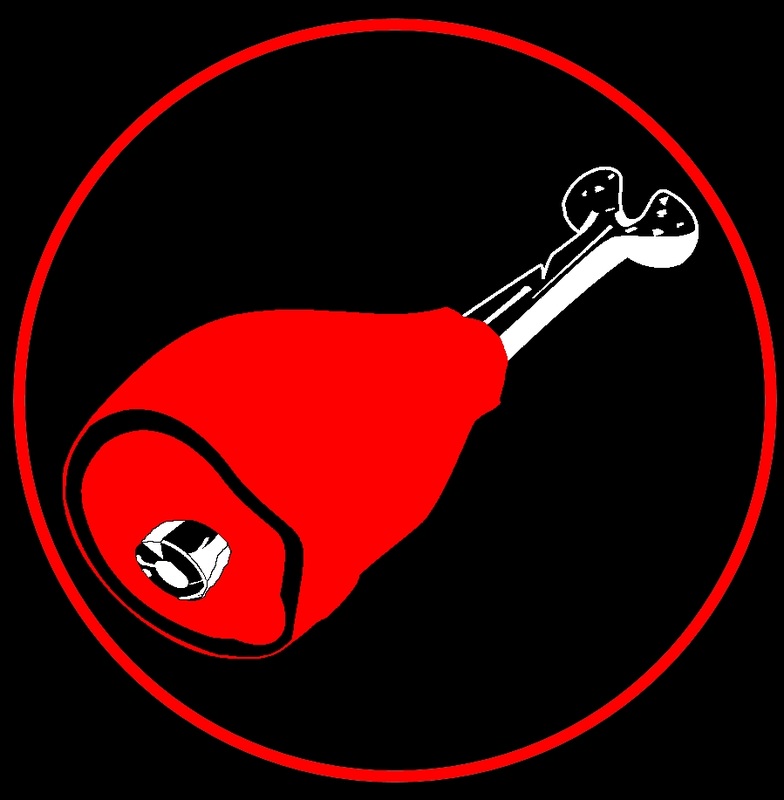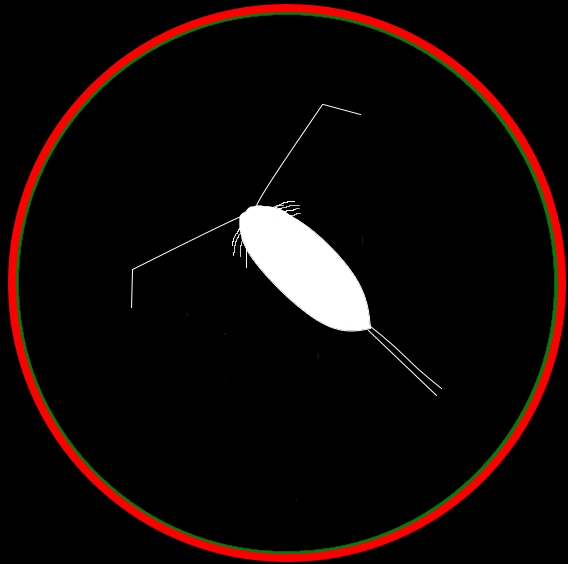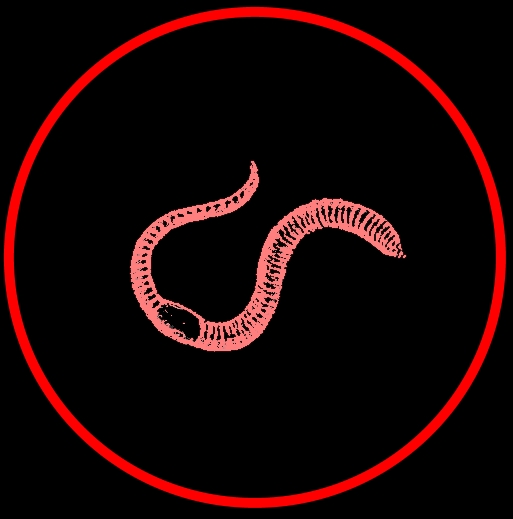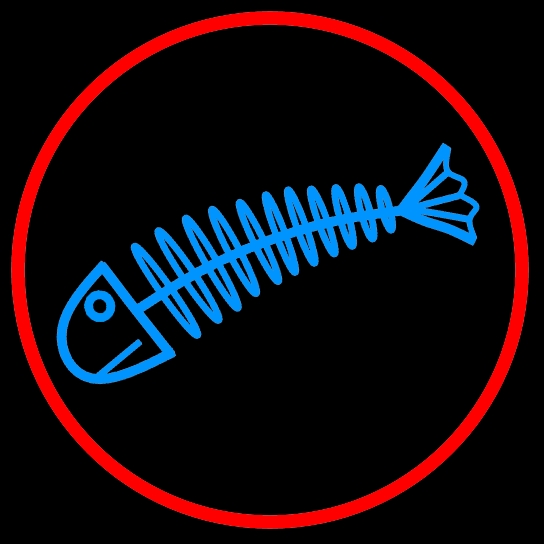15-spined Stickleback
Spinachia spinachia
Where is it found?
Marine and brackish waters
Diet and foraging method
Key adaptations
Male sticklebacks have larger pectoral fins than females, thought to be for fanning the eggs to keep them supplied with oxygen.
Social organisation and mating system
Solitary
Polygynous mating system. The male builds a nest and guards eggs that one or more females lay in it.
Did you know that...?
Male 15-spined sticklebacks produce a sticky substance from their kidneys. This is used as glue to bind algae and debris to build their nest.
Taxonomy
Picture credits:
"Spinachia spinachia" by Citron - Own work. Licensed under CC BY-SA 3.0 via Wikimedia Commons - https://commons.wikimedia.org/wiki/File:Spinachia_spinachia.JPG#/media/File:Spinachia_spinachia.JPG
"Spinachia spinachia" by Krüger - Illustrations de Ichtyologie ou histoire naturelle générale et particulière des Poissons Bloch, Marcus Elieser, J. F. Hennig, Plumier, Krüger, Pater, Schmidt, Ludwig, Bodenehr, Moritz 1795-1797 (Bibliothèque nationale de France). Licensed under Public Domain via Wikimedia Commons - https://commons.wikimedia.org/wiki/File:Spinachia_spinachia.jpg#/media/File:Spinachia_spinachia.jpg
"Spinachia spinachia" by Krüger - Illustrations de Ichtyologie ou histoire naturelle générale et particulière des Poissons Bloch, Marcus Elieser, J. F. Hennig, Plumier, Krüger, Pater, Schmidt, Ludwig, Bodenehr, Moritz 1795-1797 (Bibliothèque nationale de France). Licensed under Public Domain via Wikimedia Commons - https://commons.wikimedia.org/wiki/File:Spinachia_spinachia.jpg#/media/File:Spinachia_spinachia.jpg










